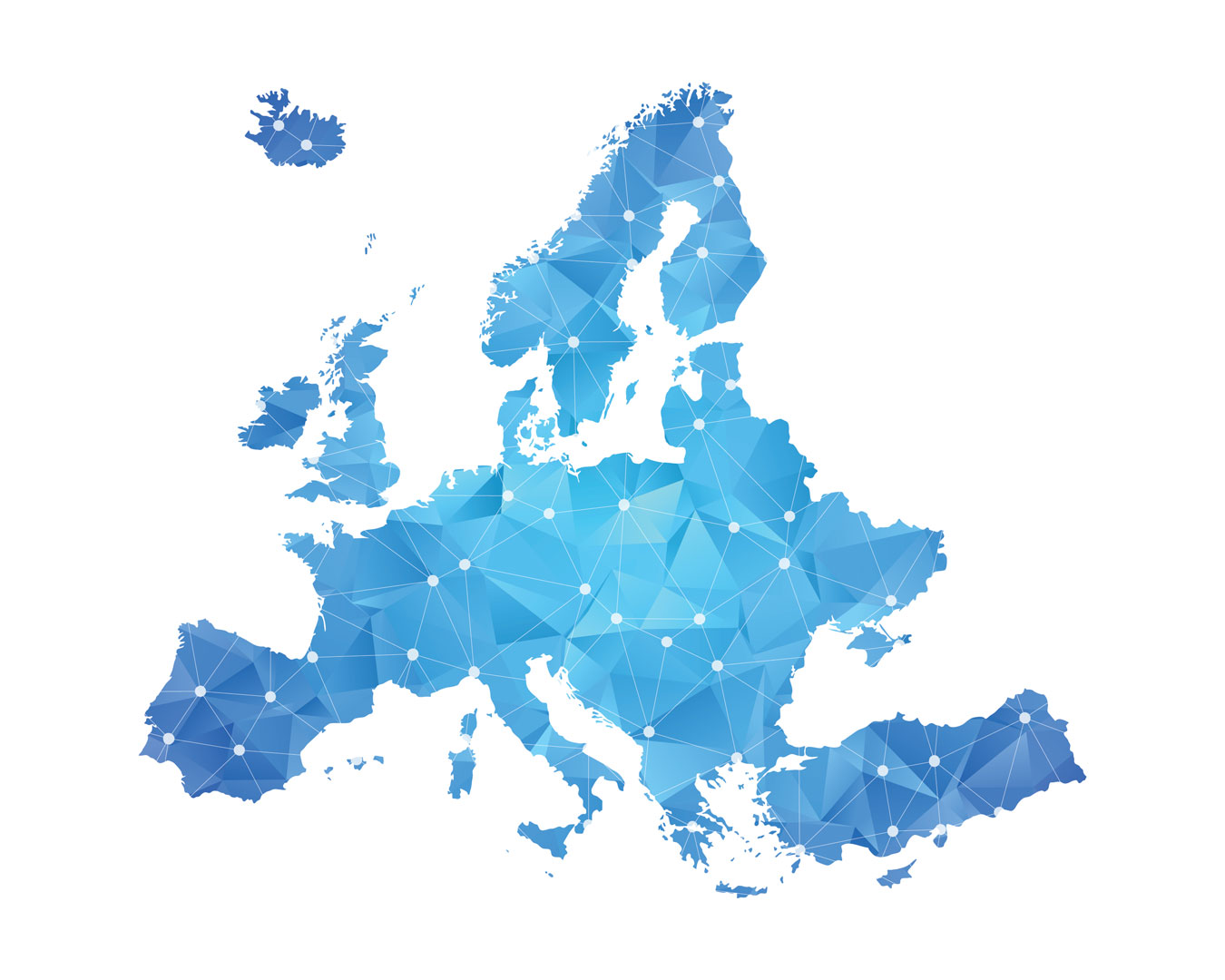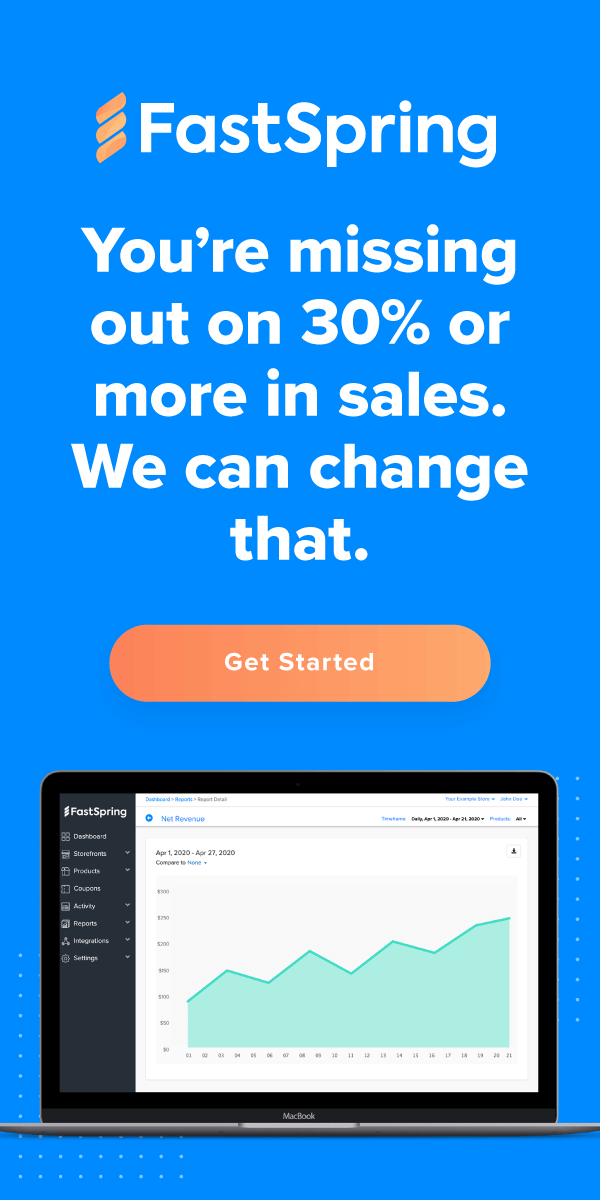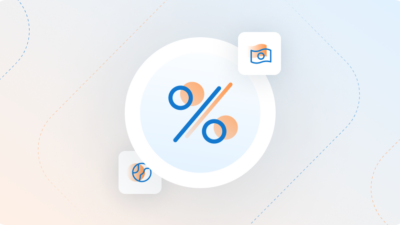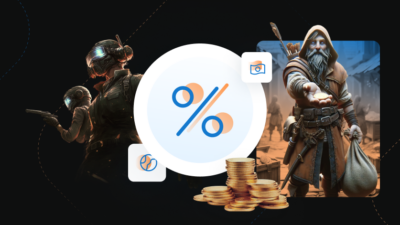Thinking about taking your business global? Unsure about which market to break into next? Or maybe you already have your sights on the European Market but you’re still “on the border” about fully committing resources?
Today we’re finally putting all your questions to rest by covering Europe’s ecommerce trends so you can get a holistic view of the European ecommerce market.
The big picture.
As a whole, ecommerce growth in Europe continues to trend upwards at a steady pace. While there are several reasons to support this, the growth in internet penetration rate in Europe is definitely an influential factor. Take a look at some more interesting statistics from Ecommerce Europe’s European B2C Ecommerce Report 2018:
- Average online spend for the European ecommerce market ranges between €100 to €499 euros—with the two most popular categories being clothing and sporting goods topping the list, followed by media & computer software.
- B2C ecommerce turnover was €534 billion for 2017, this figure is expected to grow to €602 billion in 2018. Both of these figures represent a huge spike in growth from 2013’s figure of €307 billion.
- 24-54 year-olds purchased most frequently online.
- Europe’s GDP in 2017 is €17 Trillion and climbing.
Western Europe continues to lead the pack.
Of the €534 billion in ecommerce turnover, ecommerce sales in Western Europe comprised (67%) or roughly €357 billion! High internet penetration and consumer’s trust and familiarity with online shopping both played a big role in inflating this figure. With that being said other parts of Europe are slowly ramping up – Southern Europe and Northern Europe are trailing next with 12% and 8% of total ecommerce turnover respectively.
Things to be aware of when pursuing cross-border sales:
Have the stats above enticed you to begin selling to European Customers?
Wait just a moment!
There are a couple things you should probably know before you begin selling your software or digital product in Europe.
1. European regulations like the General Data Privacy Regulation (GDPR).
2018 was a busy year from Europe and we’re not just talking in terms of ecommerce growth. In May, the E.U. General Data Protection Regulation (GDPR) went into effect. In an effort to better protect the online security of E.U. residences and give them more oversight over their personal data, GDPR establishes clear frameworks that businesses with access to personal data of E.U. citizens must follow.
GDPR Compliance entails that:
- Businesses must follow stricter safeguards when transferring personal data outside of the E.U.
- Businesses must receive clear consent to process personal data.
- E.U. citizens are notified in the event that their data becomes compromised.
- E.U. citizens have the right to move their data from one service provider to another.
Remember, just because your business doesn’t have a physical brick and mortar store in the E.U. doesn’t mean you’re exempt from being GDPR compliant. Regardless of their location, all businesses who do business with E.U. residents need to be compliant to avoid being levied heavy fines!
2. Understanding & complying with value-added tax (VAT).
Let’s be honest, taxes are a huge headache for many businesses but you can’t afford to ignore them. And if you’re breaking into the European market, chances are you’re probably going to selling to customers who live in the E.U. and you’ll have to deal with collecting value-added tax (VAT) too.
Broadly speaking, the VAT is a consumption-based tax applied to all imported goods and services (both physical & digital) offered to the residence of the E.U. The tricky thing about Value-Added Tax compliance is that VAT rates will vary among the different countries in the E.U. Protect your sales volume by accurately accounting for VAT tax in your pricing so you can position your software, Saas, or digital product comparable to the domestic competition.
Ecommerce is going global, are you ready?
When done correctly, cross-border sales can drive an immediate boost in your business revenue and give your software or digital products exposure to new customers. But what many digital businesses quickly realize is that the process of navigating tax complexities and complying with local regulations is easier said than done. Luckily, there are ecommerce platforms like FastSpring, who constantly stay on top of tax compliance & international law.
Ready to start selling globally? Download our guide: 7 Ways to Increase Global Sales for Digital Products today!
![[Customer Story] Why TestDome Considers FastSpring a Real Partner](https://fastspring.com/wp-content/themes/fastspring-bamboo/images/promotional/2023/FastSpring-TestDome-blog-thumbnail.jpg)








